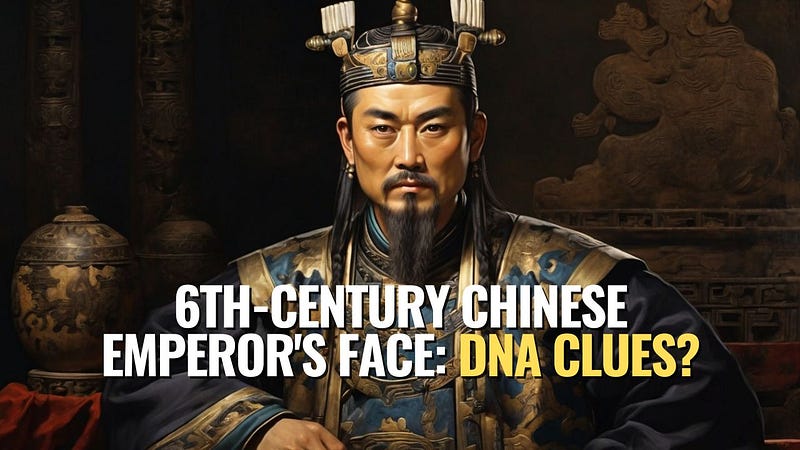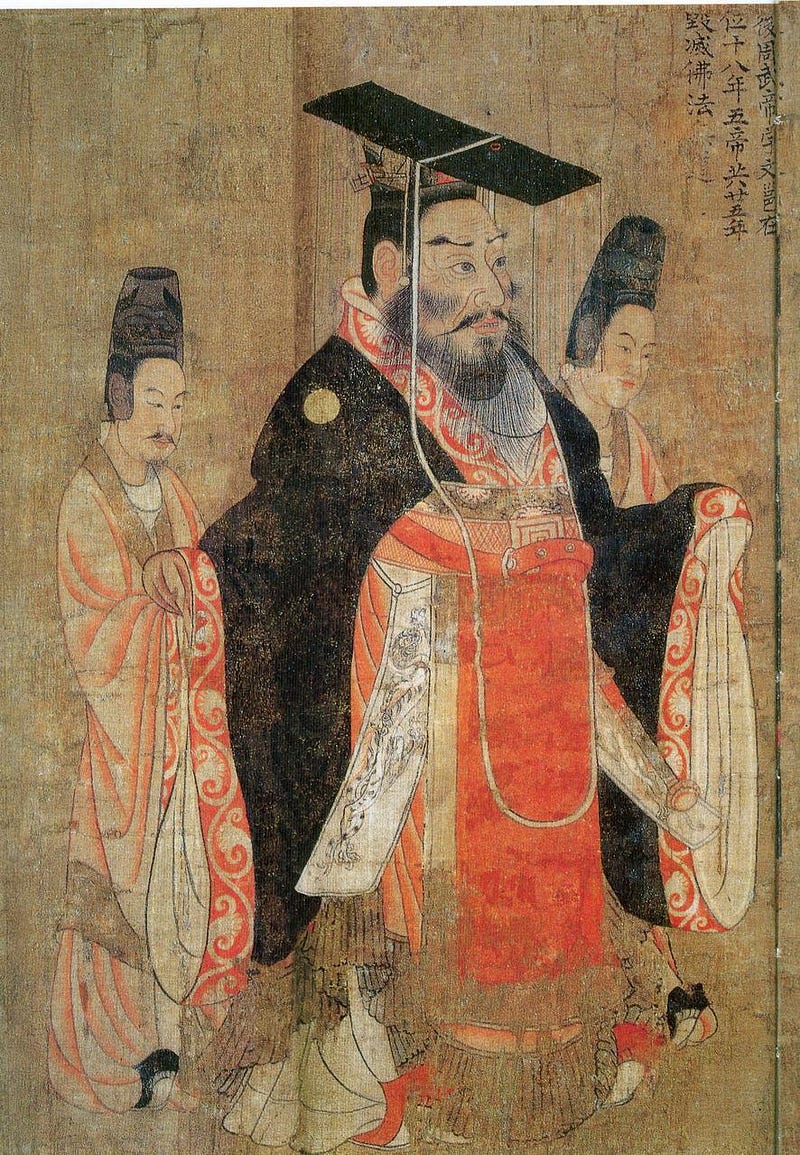Reconstructing the Face of a 6th Century Chinese Emperor Using DNA
Written on
Chapter 1: The Marvel of DNA Reconstruction
Recent advancements in science have allowed researchers to recreate the likeness of historical figures from centuries past. Utilizing cutting-edge graphics combined with genetic analysis, these remarkable reconstructions bring the faces of ancient individuals back to life.

One notable project focused on Emperor Wu, a prominent ruler from the Northern Zhou Dynasty. His features were reconstructed based on DNA extracted from his remains, providing a glimpse into his appearance.
Section 1.1: Who Was Emperor Wu?
The task of reconstructing Emperor Wu’s visage has been undertaken by a team of Chinese scientists, who published their findings in the journal “Current Biology.” Wu ruled during the 6th century AD, from 560 to 578 AD, and was instrumental in unifying Northern China after defeating the Northern Qi Dynasty. He belonged to the Xianbei ethnic group, known for their nomadic lifestyle in regions that are now Mongolia and parts of northern China.
According to Shaoqing Wen from Fudan University in Shanghai, some scholars have described the Xianbei as having distinct features, such as thick beards and light hair. However, their analysis indicates that Emperor Wu exhibited typical characteristics of East Asian populations.
Section 1.2: Insights from DNA Research
The discovery of Emperor Wu's tomb in 1996 in northwestern China was pivotal; the skull was remarkably well-preserved, allowing scientists to extract genetic material. This genetic data revealed crucial information about the emperor's physical traits, including his likely skin and hair color.
Researchers reconstructed his face using three-dimensional modeling, revealing that he likely had brown eyes, black hair, and a darker complexion typical of contemporary northern and eastern Asians. Pianpian Wei, another co-author of the study, noted that their work has vividly brought to life a figure that was previously imagined only through historical texts and art.
In this video, explore how ancient DNA was used to recreate the face of the 6th-century Chinese emperor, showcasing the intersection of history and modern science.
Chapter 2: Health Insights from Genetic Analysis
The genetic analysis of Emperor Wu's remains also shed light on his health. Findings suggest he died at the young age of 36, with evidence indicating he had an increased risk of stroke, which may have contributed to his early demise. Historical records previously noted that Wu suffered from speech difficulties and other symptoms consistent with a stroke, leading to speculation that he could have been poisoned by rivals.

Interestingly, Emperor Wu’s son also died young, though the cause remains a mystery.
Section 2.1: The Xianbei's Legacy
Genetic findings suggest the Xianbei people intermingled with the Han Chinese, who now represent over 90% of the population in China. This genetic integration occurred during their migration to northern territories, providing vital insights into how ancient populations spread and integrated across Eurasia.
Shaoqing Wen highlighted the importance of this research in understanding historical migration patterns. The team intends to further investigate the DNA of individuals from the ancient city of Chang’an, a historical capital and significant hub along the Silk Road.
This video discusses how Chinese scientists unveiled the visage of a 1,500-year-old emperor through genome sequencing, revealing the past through modern science.
Attention all readers!
If you appreciate the content I create on Medium.com, consider supporting my work via my “Buy Me a Coffee” page. Your contributions help sustain my passion for delivering quality articles. Thank you for your support!

